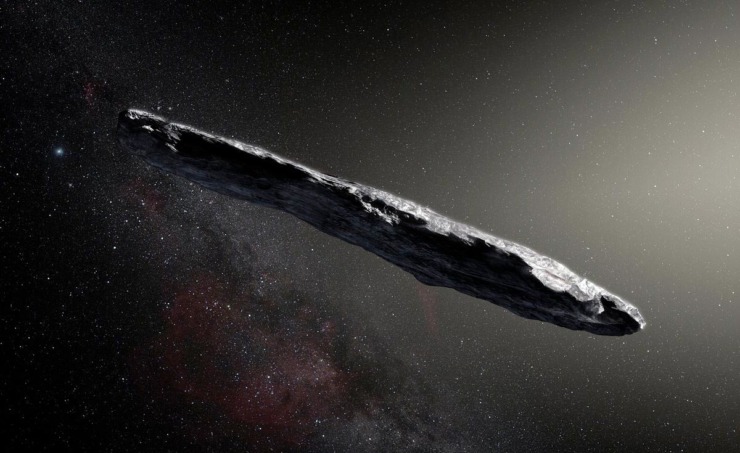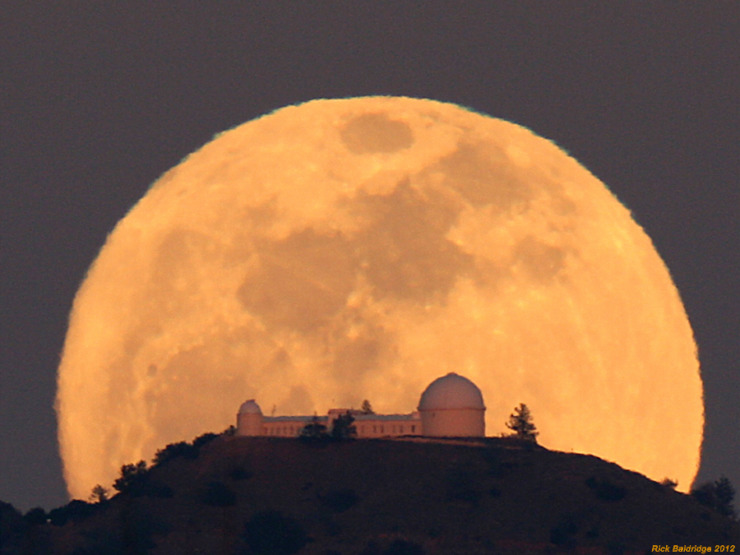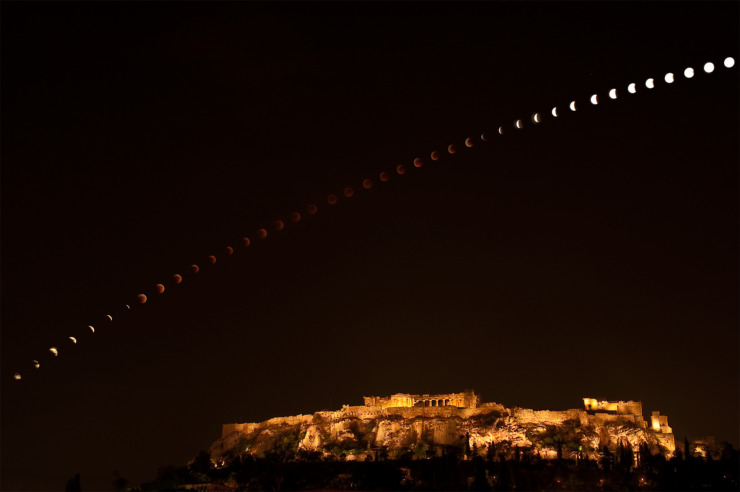Two upcoming events that may be of interest to you (please pass on to others who may like them):
|
2) On Wednesday, Oct. 9, 2024 at 7 pm (PDT), Dr. David Weintraub (Vanderbilt University) will give a free, illustrated, non-technical on-line lecture entitled:
“Profound and Staggering: The Impact on Religion of the Potential Discovery of Life Around Other Stars“
Livestreamed at YouTube: https://www.youtube.com/SVAstronomyLectures
[if you go to this web address the evening of the talk, you will see, and be able to participate in, the live event]
This virtual talk is part of the Silicon Valley Astronomy Lecture Series (through Foothill College), now in its 25th year.
Astronomers have now discovered thousands of planets in orbit around other stars. Dr. Weintraub will discuss those discoveries, and predict the progress astronomers are likely to make in their more detailed studies of these planets over the next fifty years. Then he will consider the consequences of those potential discoveries for Roman Catholicism, Mainline Protestantism, Christian Creationism, Seventh Day Adventism, Judaism, Islam, and Hinduism — for all of which the discovery of a planet with life on it may be profound. The 20th century visionary Buckminster Fuller said, “Sometimes I think we’re alone. Sometimes I think we’re not. In either case, the thought is staggering.”
This presentation is built on the ideas published in Weintraub’s book Religions and Extraterrestrial Life: How Will We Deal With It? (2014) — in which he interviewed leaders of all these faiths.
Dr. David A. Weintraub is Professor of Astronomy Emeritus at Vanderbilt University where he founded and directed the Communication of Science and Technology program, and conducted research on the formation of stars and planets. He is the 2015 winner of the Klopsteg Award from the American Association of Physics Teachers, which recognizes the outstanding communication of contemporary physics to the general public and is a 2023 Fellow of the American Astronomical Society. His most recent book is The Sky is for Everyone: Women Astronomers in Their Own Words (2022; with Virginia Trimble). Previous books include Life on Mars: What to Know Before We Go (2018), How Old is the Universe? (2010), and Is Pluto a Planet? (2006). He also created the Who Me? series of inspirational scientific autobiographies for fifth-grade level readers (from World Scientific Publishing), which helps young people see themselves as scientists.




